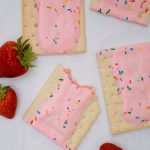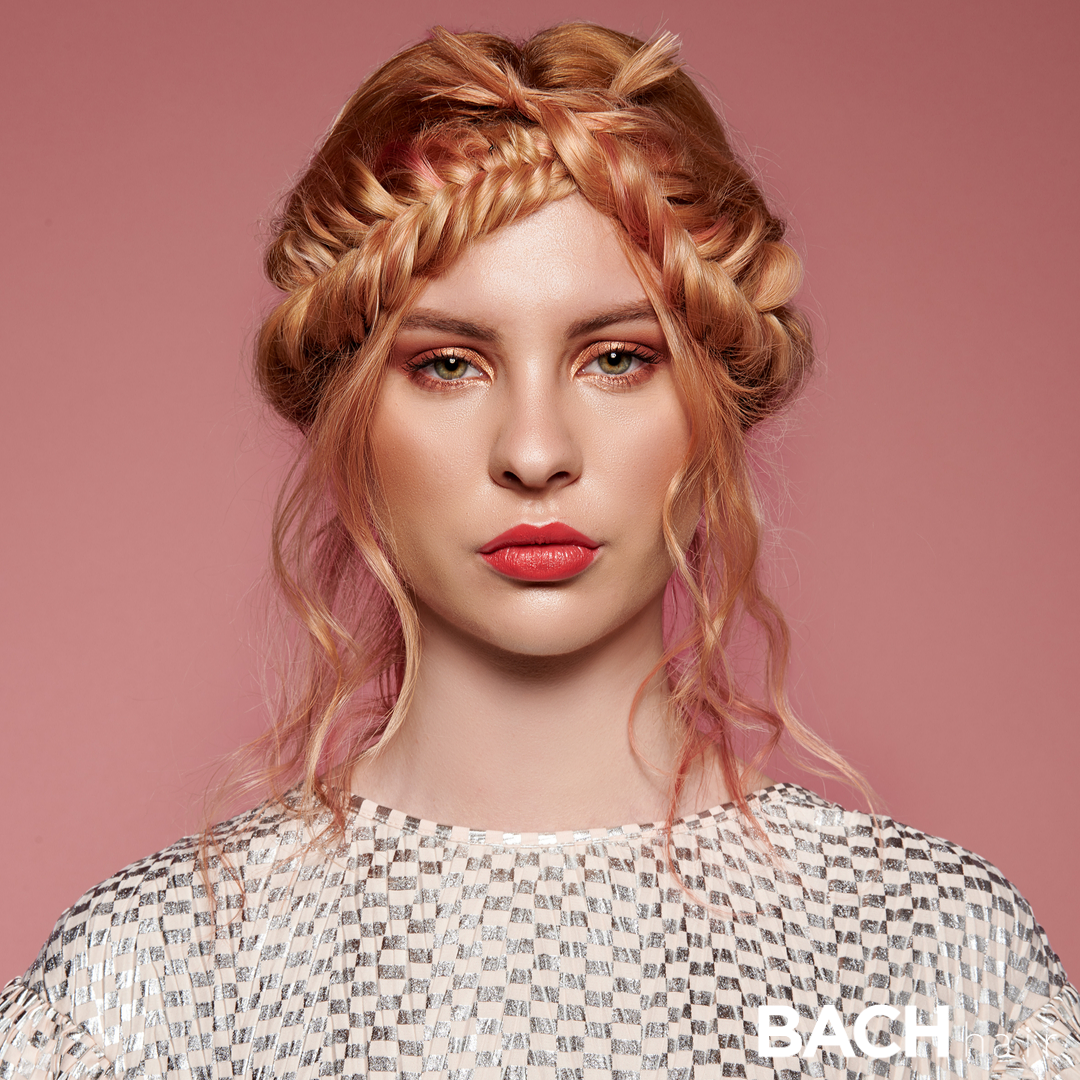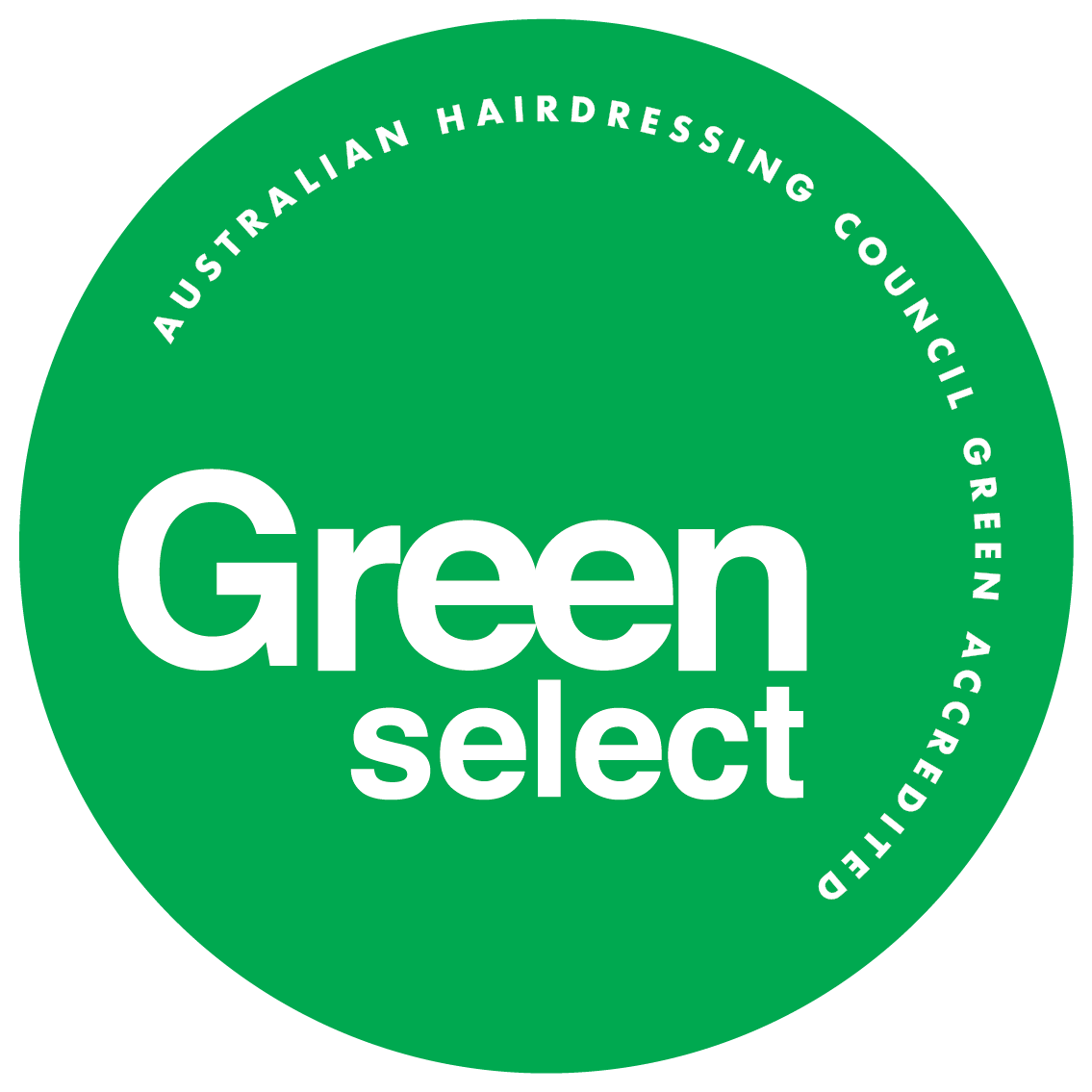Close your eyes for a moment and picture this- a perfect prism appears in the atmosphere. A single ray of light hits it, splitting it into a stunning array of colours. Yellow, orange, red,green, violet and blue, spilling through the sky in an arc of pure magnificence. A very fancy way to say ‘rainbow’, which is still a pretty fancy way to say ‘electromagnetic waves visible to the eye’. We often use evocative language to describe colour, which is understandable as violet certainly has a more pleasant ring to it that 600nm – its actual wavelength.
The problem with evocative language is, it’s easy to misinterpret. The English language is full of ridiculous inconsistencies and given our propensity to naming each individual hue, often with nonsensical names, it’s no wonder there is confusion over colours!

Each colour we see has a different wavelength, with red being the longest and easiest to see and violet the shortest and hardest to see. Each individual will see these light waves slightly differently, depending on the receptors in their eyes. For example, some people have way more red receptors and are actually seeing more red in the world, others have none and can’t see any red! We have no way of actually seeing what other people see at this point – unless there really are X-men out there I don’t know about – so we use our agreed upon language to try and get our vision to others.
When we discuss colour in a scientific setting, describing light waves, we tend to only use the terms red, green, blue, violet, orange and yellow. There is very little room for misinterpretation with these, as they have a specific wavelength for each individual colour. Within the spectrum of visible light, these colours do have various shades, as they transform between one another but you certainly won’t be hearing most physics professors talking about ‘cerulean’ or ‘vermillion’ and you definitely won’t be hearing ‘latte’ unless it’s actually a mention of coffee.
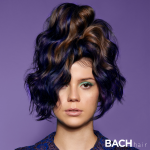
When we talk about colour in an art setting, things become a little murkier. Hair colouring definitely sits in the art camp, and we are fond of spouting flowery language to describe colours. Why say brown when you can say chocolate, latte,coffee, chestnut or mahogany? And this is where the problems begin. Whenever we do a training about colour in the salon we ask people to find an image they think is caramel. It never fails to highlight how differently we see things! Some will be lighter, some darker, some with a red undertone, some with a yellow undertone, all beautiful but definitely not the same interpretation.

It is amazing that we all see things uniquely, and listening to someone describe a colour they love can be really inspirational. It can conjure a wonderful image in your mind and connect you to an object or scenario you think is similar to theirs. This moment of connection seems perfect. Until we discover that the dark rich chocolate with a hint of violet in the background I am picturing is nothing like the warm golden brown of a hot chocolate you are picturing. Both gorgeous, absolutely, but a tiny little hair disaster if you were not expecting hair that dark!
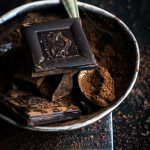
So how do we reconcile the beautiful language with the reality of expectations? The world colour photography! Using words like caramel, honey, creamy, latte and chocolate are a great starting point but using imagery is the best way to clarify your vision. If you say Strawberry blonde, I know not to look for pictures of dark hair and I know you aren’t afraid of a little bit of red or orange. It really narrows the field of vision, and allows us to search in the right place. It’s like using a metal detector at the beach to search for a lost earring rather than a sieve,it makes things much simpler!
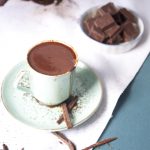
Seeing something doesn’t mean your version of chocolate and mine automatically match up, but it does let us both find a common explanation. You might still describe it as chocolate, I might think it’s more of an iced coffee, but with the picture between us we can both understand the desired result, a delicious colour in the brown family! In the end it doesn’t matter whether we all agree on language, what matters is that we all get a beautiful colour that we love.
Sarah
Ps. My colour is definitely strawberry milkshake. 😉